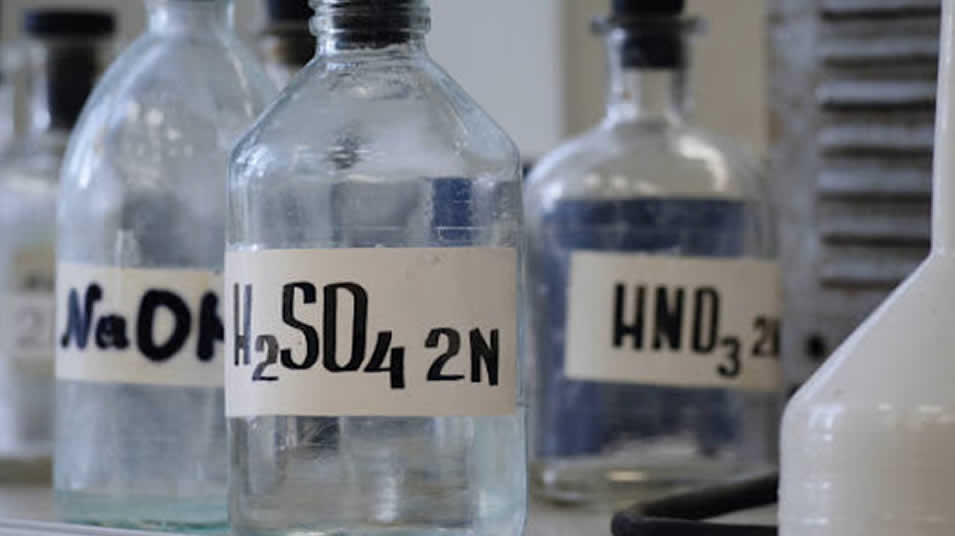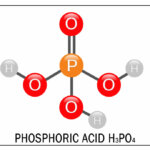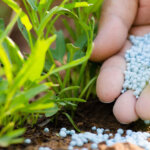Sulfuric acid production
There are two processes used for the sulfuric acid production . There are two types of processes: sulfur and pyrite-based sulfuric acid production. First, we will try to explain the production of sulfur-based sulfuric acid.
Sulfur in the earth’s crust is usually found in the form of sulfur. Sulfates in sedimentary rocks (e.g. CaSO4) are formed by the oxidation of sulfides. As a result of bacterial reduction of sulfides, hydrogen sulfide (H2S) is formed, and this compound reacts with sulfates in the environment and contributes to the formation of elemental sulfur. A significant portion of the sulfur in the world is extracted from elemental sulfur-containing deposits. Approximately 85% of the sulfur obtained in this way is used in the production of sulfuric acid on an industrial scale.
Sulfur is found in various allotropic forms in nature, and the most stable of these forms is orthorhombic α-sulfur. α-sulfur consists of S8 molecular units. Orthorhombic sulfur melts at 113°C and turns into a yellow liquid. When the heating process is continued, the color of liquid sulfur gradually darkens above 160°C and its viscosity increases. This situation is attributed to the formation of Sn polymers. However, when this state is kept for a long time, it returns to the α-sulfur structure.
Sulfur attracts attention as an element that can undergo sublimation. It has the ability to catch fire easily and creates a dull blue flame during combustion and releases sulfur dioxide (SO₂) gas in this process.
You can contact us for our process engineering service regarding sulfuric acid production and get information by calling 0533 573 80 70.

Chemical properties of sulfur
Atomic number : 16
Atomic Weight :32.04g/mol
Specific Density :α-S(Rhombic):2.07 g/cm3
β-S(Monoclinal) :1.96 g/cm3
Melting Point : α-S(Rhombic):112.8 °C
β-S(Monoclinal) :119.2 °C
Boiling Point : 444.6 °C
Sulfuric acid chemical properties
Molecular Weight : 98.08g/mol
Boiling Point : 310 °C
Specific Density : 1.84 g/cm3 (20 °C)
pH (49 g/l H2O, 25 °C ) : 0.3
Solubility in Water : Completely
It is hygroscopic. It is a strong acid with oxidizing properties.
Production Sulfuric Acid Chemical Properties:
Concentration : 98.0 – 98.5%
Density : 1.83-1.84 g/cm3
Appearance: Clear and Sediment-Free
Sulfuric acid usage areas
The production and application of various chemical substances in the fertilizer sector and different sub-branches of the chemical industry find a wide area of use. In this context, sulfates, mineral acids and oleums play important roles in the following:
1. Sulfates are an important component in the production of substances such as ammonium sulfate (AS), copper sulfate (bluestone), aluminum sulfate (alum), magnesium sulfate (Epsom salt), zinc sulfate and iron sulfate (garibaldi).
2. Sulfuric acid and similar substances are considered among the basic inputs in the production of mineral acids.
3. It is effectively used in the cleaning of iron and steel surfaces before galvanizing or coating processes, i.e. in the process of removing rust.
4. It plays a critical role in the production and refining processes of heavy metals.
5. It acts as an auxiliary material during coating processes.
6. Various chemical additives are used in the preparation of sugar, starch and syrups in the food industry.
7. Specific chemical compounds are preferred in order to provide high quality and efficient purification during the purification of petroleum products.
8. In organic chemistry, various basic raw materials are used during the synthesis of many organic substances, and these chemicals provide important components in the processes.
9. As a special type, oleum is evaluated as a basic material in the production of nitrocellulose, nitroglycerin, trinitrotoluene (TNT) and organic dyes.
These applications are widely used in a wide range from modern industrial processes to the agricultural sector, and provide technical and economic advantages in many areas.
First aid for sulfuric acid injuries
Inhalation: Remove the patient to fresh air and check breathing and pulse. If not breathing, apply artificial respiration. If breathing is difficult, provide oxygen support. Check for other injuries. Keep the patient warm and at rest and immediately contact a physician.
In Skin Contact: Wash the affected area with running water as soon as possible for 30 minutes without interruption. Remove contaminated clothing, shoes and leather goods during washing and clean before reuse. Consult a physician.
In Eye Contact: Immediately rinse eyes with running water for 30 minutes, holding eyelids open. Then consult a physician.
In Swallowed: Do not induce vomiting. If conscious, rinse mouth with water and give plenty of water to drink. If unconscious, do not give anything by mouth. Call a physician immediately.




